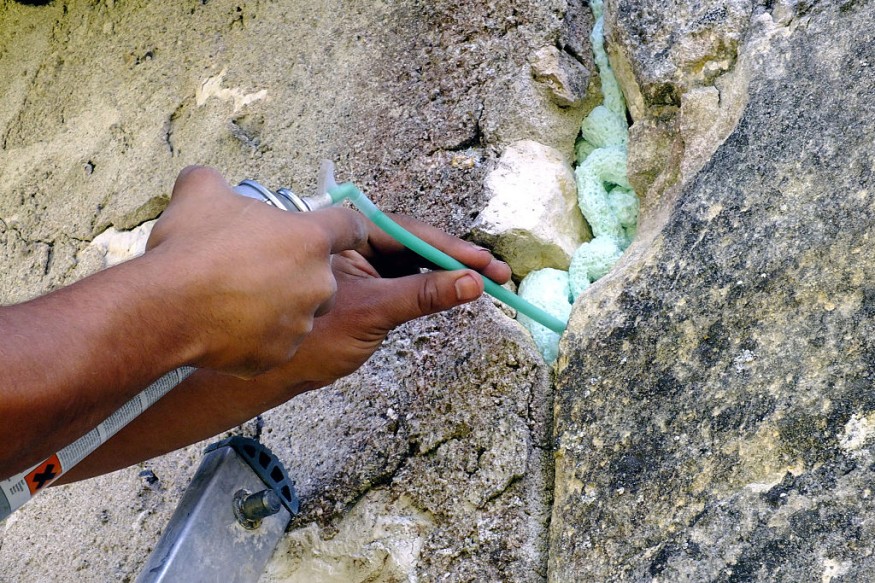Biodegradable plastics are generally non-recyclable: they are intended as single-use materials that rapidly degrades back into smaller, safer materials. However, new research could find a second life for these plastic materials.
While synthetic polymers like plastics and rubbers have been invaluable in providing convenience and advancing fields like food handling and medicine, they tend to leave materials that do not return naturally to the environment and simply stack up over time.
A new study by researchers from the University of Canterbury in Christchurch, New Zealand demonstrated how to turn previously non-recyclable biodegradable plastics such as forks, knives, and spoons into a foam material that can serve as insulation for a variety of applications. The team presented their findings in the latest Physics of Fluids, in a report titled "Recycling and rheology of poly(lactic acid) (PLA) to make foams using supercritical fluid."

A Narrow Window for Turning Biodegradable Plastics into Reusable Foam
Biodegradable plastic is previously thought to be "nonfoamable" materials, or can not be turned into a foamy form. Researchers then positioned the previously non-recyclable cutlery into a chamber filled with carbon dioxide gas. They discovered that as the pressure in the chamber increased, the loaded gas began to dissolve the plastic inside. Furthermore, when the pressure in the chamber was discharged, the carbon dioxide that penetrated the plastic began to expand, turning the plastic into a foamy material. Heon Park, one of the authors of the study from the Department of Chemical and Process Engineering from the University of Canterbury, likened the process they observed to opening a can of soda and discharging the carbonation, causing it to fizz.
"Tweaking temperature and pressure, there is a window where we can make good foams," Park explains in an AIP news release. "It's not that every temperature or every pressure works. We found what temperature or what pressure is the best to make those nonfoamable plastics into foams."
Avoiding A Problem With Recycled Plastics
Researchers additionally explain that "some amount of strength" is lost from the plastic every time that it is recycled. For example, according to Heon Park, a biodegradable plastic spoon that is recycled into another spoon is not as strong as the previous one - it might even break inside your mouth.
Foams offer a perfect reusable form for these biodegradable plastics since foam doesn't have to be a strong material in order to be useful. Its structure often depends on its intended application, with heavy foams considered ideal for flotation devices like buoys. These materials often have large air pockets. In the University of Canterbury study, the biodegradable plastics subjected to lower chamber pressures turned into bulkier foams.
While biodegradable plastics ultimately break down in the environment, recycling is still a much better option. As explained in a 2019 article from BBC, only a small subset within the biodegradable plastics umbrella are compostable - those that can be turned into basic materials that nourish the soul. Additionally, most of these plastics require specialized facilities and equipment to effectively break down.
RELATED ARTICLE : Copper Foam As Filter Material for Masks and Air Cleaners Possible?
Check out more news and information on Plastics in Science Times.
© 2026 ScienceTimes.com All rights reserved. Do not reproduce without permission. The window to the world of Science Times.












